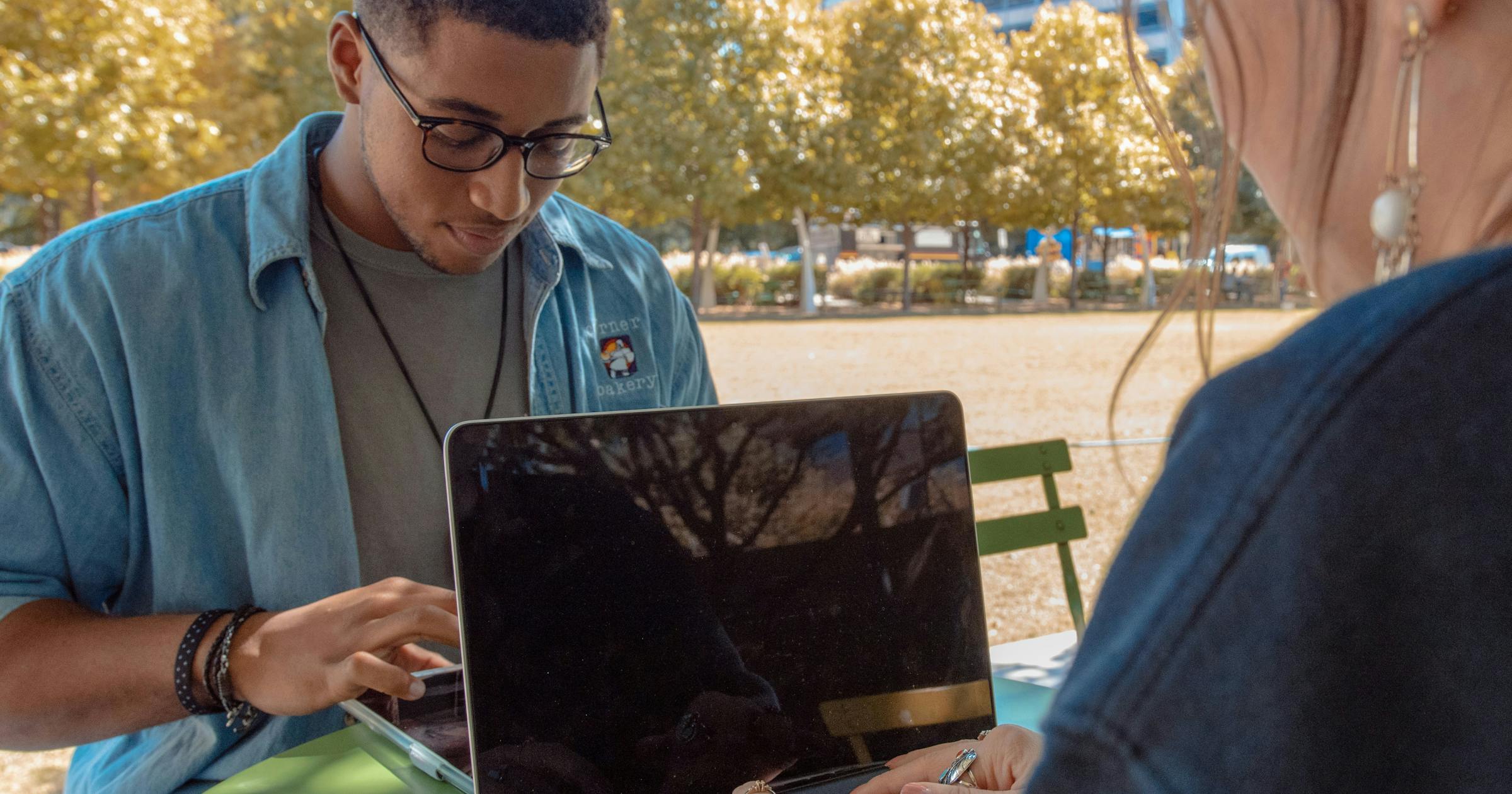The candidate conversion rate per stage tells me a lot about your hiring process.
For me, it all comes down to one question:
Are you actually attracting high-quality candidates?
While attracting plenty of interest is valuable, only candidates who are truly suited to the role should move forward in the hiring process.
I typically employ several strategies to improve candidate conversion rates at each stage of the hiring process. Here’s what I want you to think about:
- Implement a pre-screening system.
- Use a pre-screening system to filter candidates early.
- Nurture passive candidates through AI chats or email sequences.
- Improve your application-to-interview conversion rate.
- Offer candidates an interview prep toolkit.
- Launch an employee referral program.
- Introduce a fast-track interview option.
- Add a recruitment chatbot to your careers page.
There you go! That’s a little to-do list to get you started.
At Remote Crew, my team and I are always looking for new ways to help clients improve the candidate conversion rate per stage.
For clients, we set ourselves the goal of generating more qualified inbound candidates while making sure 90%+ of candidates pass the first screening stage.
We don’t want you wasting your time on applicants who are not qualified for the position.
I would rather you had just five ultra-qualified professionals apply for the position than 50 unqualified applicants with no relevant experience.
My Ideas For Improving Candidate Conversion Rate Per Stage
1 - Implement a pre-screening system
I can’t tell you how many hiring managers I’ve spoken with who still insist on manually reviewing every single CV/resume that comes through the door. It’s literal madness!
You wouldn’t try to boil the ocean, so why try to sift through 200 irrelevant applications one by one?
A pre-screening system instantly saves you from drowning in noise.
The beauty is that you can design this however you like.
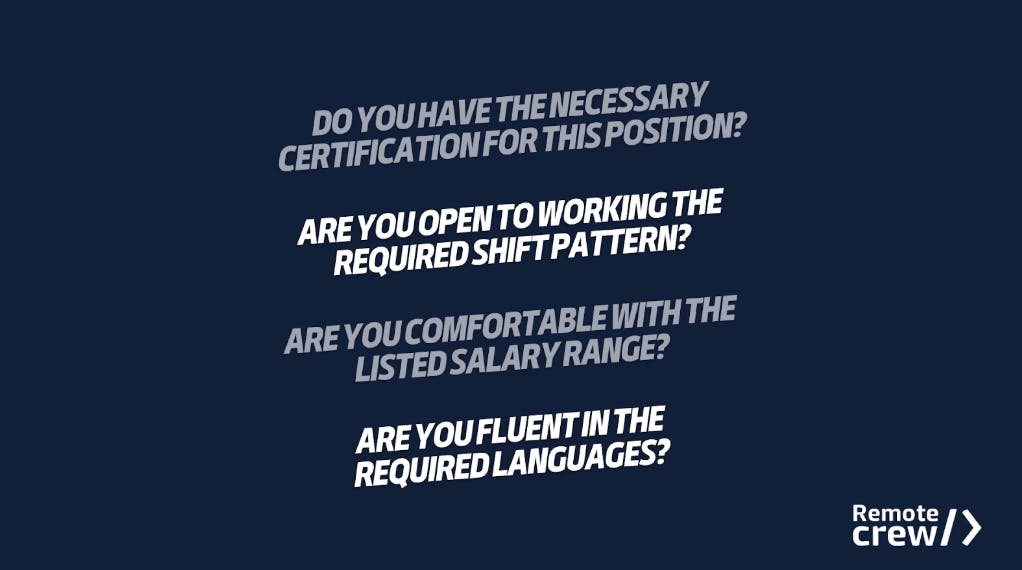
Knockout questions work brilliantly for filtering out the obvious mismatches. Here are a few of my favorites:
- Do you have the required license?
- Are you legally eligible to work in this country?
- Have you managed a team before?
I’ve found that simple “yes/no” gates like these can eliminate 60% of applications in seconds.
If you want to go a step further, a short technical test or skills quiz is even better.
I don’t want you to implement a three-hour exam that scares everyone off.
A five-minute test will tell you if the basics are there.
The truth is, top candidates don’t mind jumping through a small hoop if it proves they’re serious and saves them time later in the process. That’s the bottom line here.
2 - Nurture passive candidates through AI chats or email sequences
Some of the best hires I’ve seen didn’t even come from active job seekers.
They were happily employed, comfortable in their current role, but still curious enough to listen when the right opportunity whispered in their ear.
This is why we need to nurture applicants.
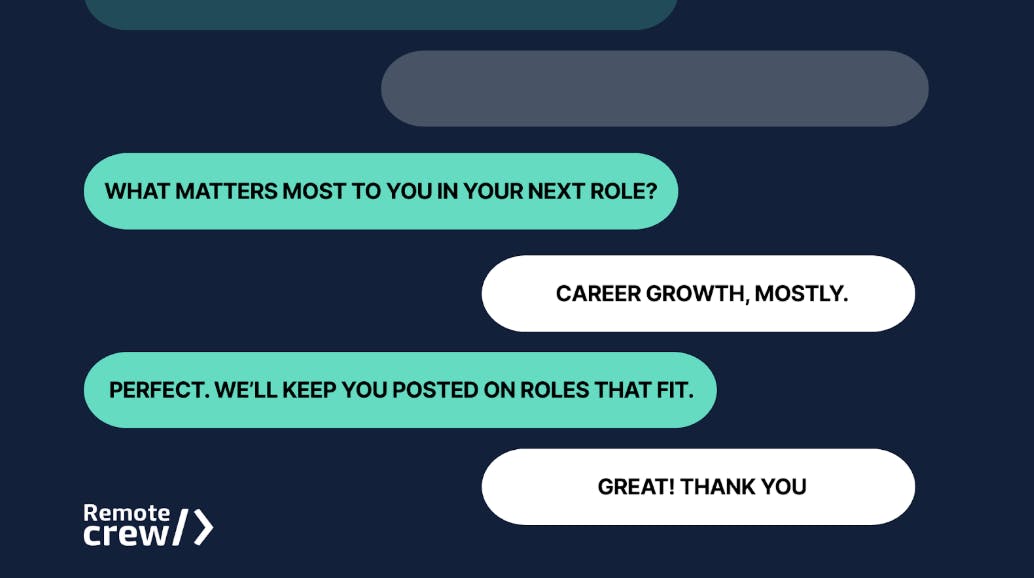
I need you to build trust and show value.
AI chats can help automate the first few steps of this process: answering questions, sharing insights about your company culture, and lightly gauging interest without making it feel like a hard sell.
Pair that with a thoughtful email sequence, and you’ve got a steady drip-feed of touchpoints.
Maybe it starts with a story about your company's mission, then a quick testimonial from a current employee, then an open invitation to apply when the timing feels right.
Done well, it feels like relationship-building rather than recruitment.
When that passive candidate finally decides to make a move, you’re already top of mind.
3 - Introduce a fast-track interview option
This is a strategy I’ve been pushing more and more recently.
The reality is, the best candidates are also the busiest candidates.
They don’t want to wait around for weeks while your internal gears slowly turn.
If another company moves faster, you’ll lose them before you even get a chance to talk.
That’s why I love offering a fast-track option.
For example, any candidate who meets your top criteria gets guaranteed feedback or an interview slot within 48 hours.
It’s a small operational shift with a huge impact on candidate experience.
It signals that you respect their time and that you’re serious about bringing in the best.
I’ve seen companies literally double their acceptance rates just by cutting out unnecessary delays.
This means you remove the dead time and bureaucracy that frustrates everyone involved.
4 - Offer candidates an interview prep toolkit
This one is criminally underused. I can’t count the number of times I’ve seen good candidates underperform in interviews simply because they didn’t know what to expect.
Interviews are supposed to evaluate fit.
I’m not interested in trick questions or other types of gimmicks.
When recruiters give candidates a prep toolkit, they are levelling the playing field and helping them bring their best selves forward.
A toolkit doesn’t have to be complicated.
A one-page PDF will work wonders. Start there!
It can cover how the interview will be structured, the people they’ll meet, and roughly how long it’ll take.
I suggest throwing in a couple of sample questions to help reduce unnecessary anxiety.
They will walk away with a positive impression of your company, even if they don’t land the role.
People talk, and small gestures like that pay off in the long run. I’ve seen it happen.
5 - Launch an employee referral program
Okay, I’m going to be blunt here: referrals are gold. Period.
I’d rather have one candidate referred by a trusted employee than twenty strangers from a job board.
Why? Because referrals carry built-in credibility.
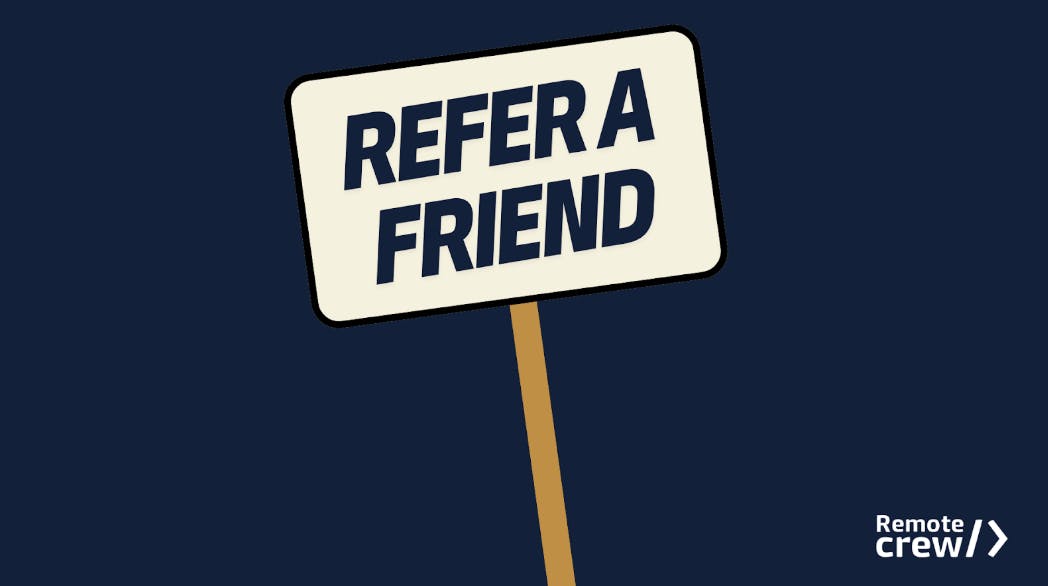
Your current team knows your culture, they know what it takes to succeed, and they’re unlikely to risk their reputation by recommending someone who isn’t up to scratch.
But to make referrals work, you have to give people a reason to participate.
A cash bonus is the most obvious route, but creativity can go a long way.
I’ve seen companies reward successful referrals with charity donations, gift cards, extra vacation days, and even experiences like dinners out or team trips.
The more fun and personal it feels, the more people will engage. And don’t underestimate the power of public recognition.
A simple “thank you” in a team meeting or Slack channel can keep referrals flowing without breaking the bank.
6 - Improve your application-to-interview conversion rate
This stage is where companies lose a lot of hidden talent without even realizing it.
I’ve reviewed countless application forms that read like tax returns. They end up being confusing and repetitive.
I think you should ask yourself:
Do I really need a candidate to upload their CV and then manually re-enter every job they’ve ever had into little boxes?
Probably not.
Every unnecessary friction point increases your drop-off rate.
I recommend auditing your application process as if you were a candidate.
Ask yourself three questions:
- How long does it take to get from start to finish?
- Is the language clear and welcoming?
- Does it reflect your brand, or does it feel like government paperwork?
A polished, candidate-friendly process signals professionalism and respect.
If you streamline it well, you’ll naturally raise your application-to-interview conversion rate because the right people will actually stick around to finish the process instead of bailing halfway through.
7 - Add a recruitment chatbot to your careers page
I know what you’re thinking: chatbots can feel gimmicky. I’m not a fan of gimmicks either.
And you’re right, some of these chatbots are plain awful.
But when done properly, they’re one of the simplest ways to boost engagement on your careers page.
Let’s think about a prospective candidate browsing your open roles at midnight.
They’ve got questions like:
- Can I work remotely?
- What’s the salary range?
- Is relocation supported?
If they can’t find the answers, chances are they’ll click away.
A chatbot can:
- Provide tailored answers
- Guide people to relevant job postings
- Collect basic info that feeds directly into your pipeline
That’s going to cover a lot of ground.
I’ve seen companies use them as mini pre-screening tools, asking two or three key questions before letting candidates hit “apply.”
The result is fewer wasted applications and a better candidate experience from the very first click.
I care about accessibility, and you must too. You’re making it easy for the right people to connect with you whenever it suits them.
We can’t just hope and pray that elite talent will magically find our job postings.
This is why I’m always looking for ways to proactively attract qualified talent.
How My Team Can Help You Recruit Elite Talent
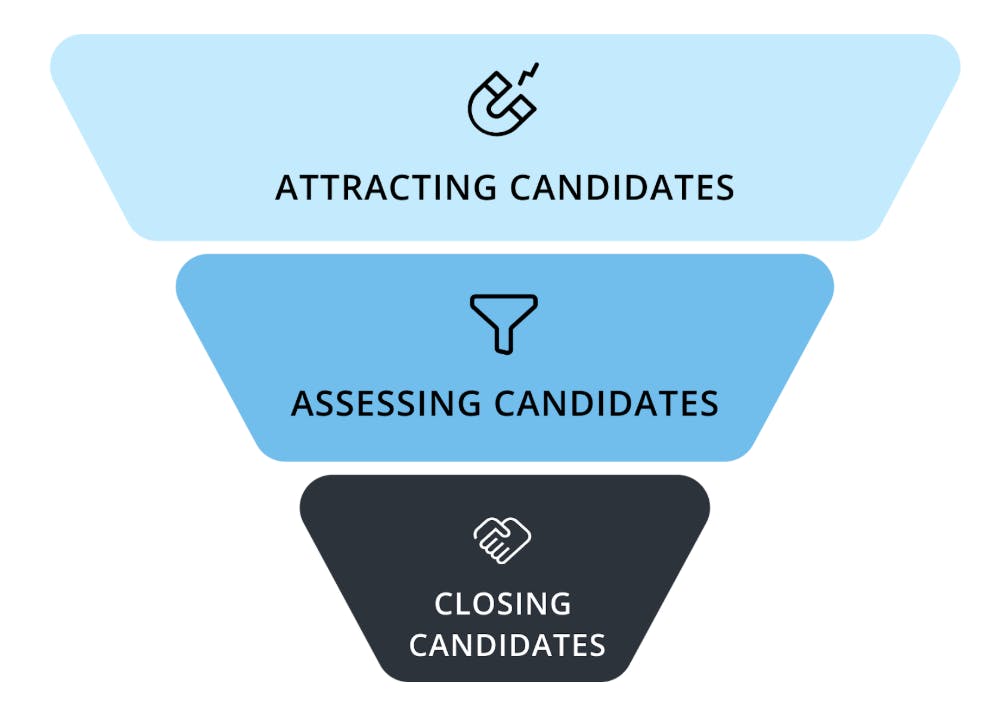
My team at Remote Crew is here to make hiring easier. Here’s what we offer in a nutshell:
- 3x more qualified inbound candidates.
- 90%+ of candidates passing the first screening stage.
- 50%+ higher offer acceptance rates.
We help tech startups and scale-ups hire the best remote talent. Our team has placed 250+ professionals across 70 happy clients.
Find out more about how Remote Crew can help you hire remote developers despite intense competition.
Tech hiring insights in your inbox
From engineers to engineers: helping founders and engineering leaders hire technical talent.
We will only ever send you relevant content. Unsubscribe anytime.





